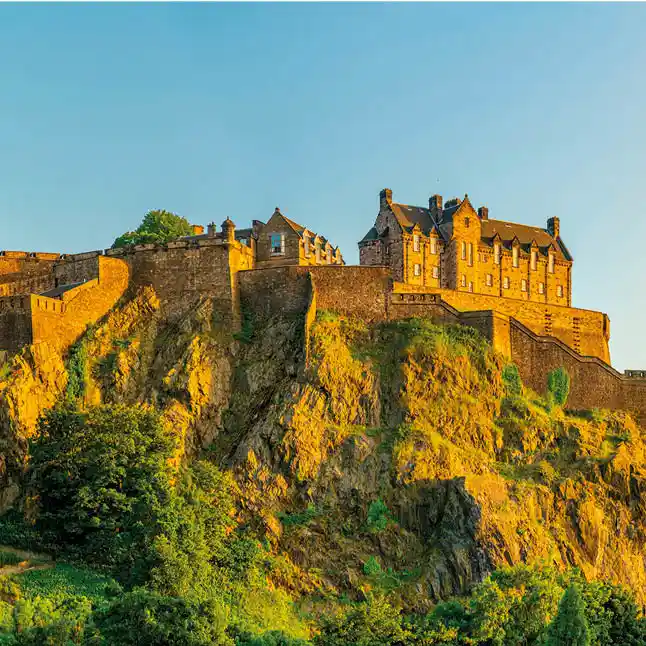How long did a Transatlantic Crossing take?
It is thought that Columbus and his crew took about two months to cross the Atlantic in 1492 and, with more rudimentary vessels, any earlier explorer likely took many weeks or possibly months more. The first transatlantic ship in the world built specifically for transatlantic voyages was the SS Great Western, built in Bristol and launched in 1837. This ship took about 15 days to make the crossing. Just three years later, Cunard's first ship (Britannia) made the trip in 14 days, and with that, Cunard was able to begin a biweekly mail service between Liverpool (England), Halifax (Canada), and Boston (U.S.).
As the years went by and transatlantic liners became increasingly sophisticated, the journey shortened. Companies began to compete for speed, and transatlantic crossings in the early to mid-20th century typically lasted about five days. Believing that this type of journey is meant to be enjoyed, today Cunard's transatlantic crossing usually lasts seven days.


















